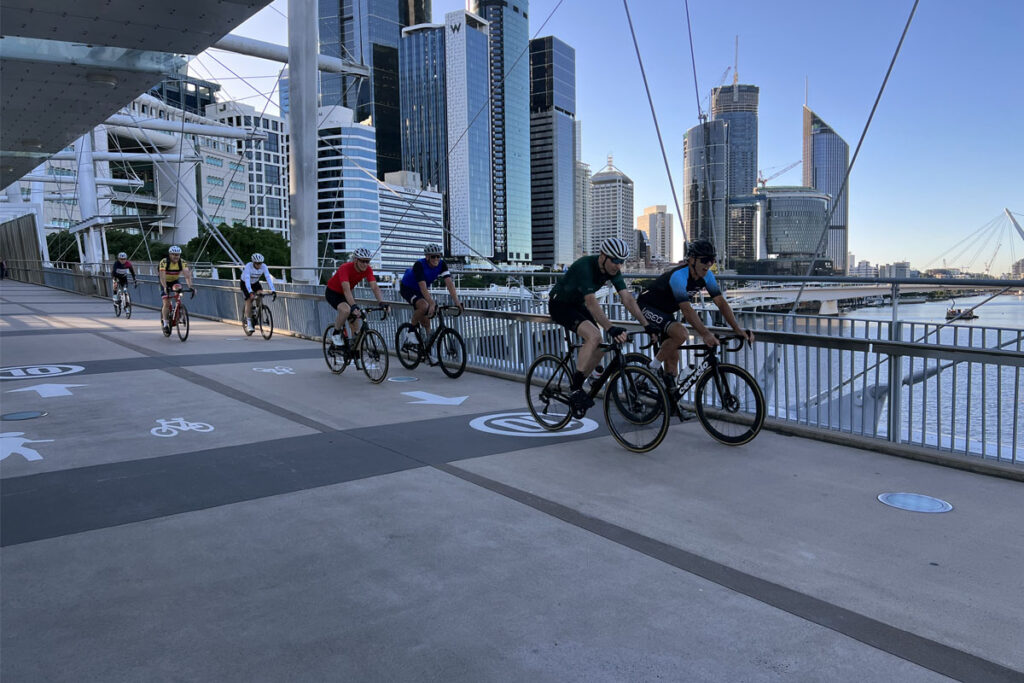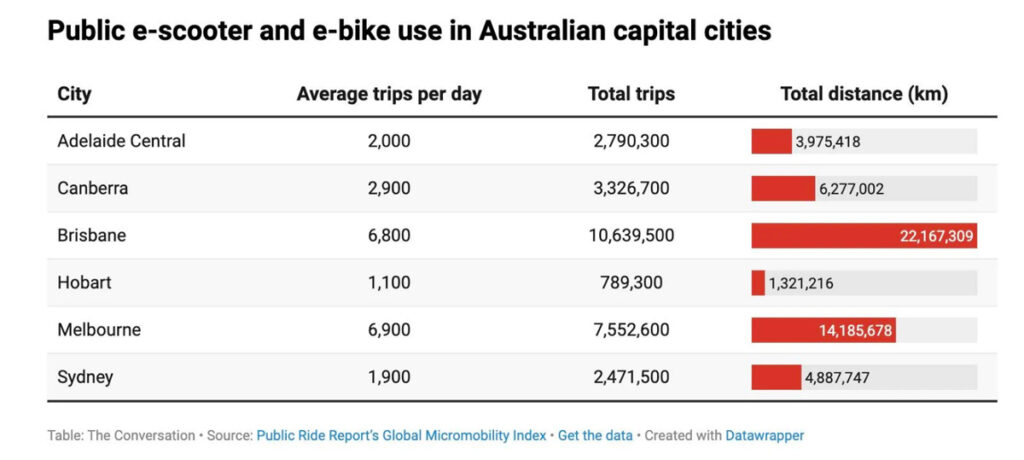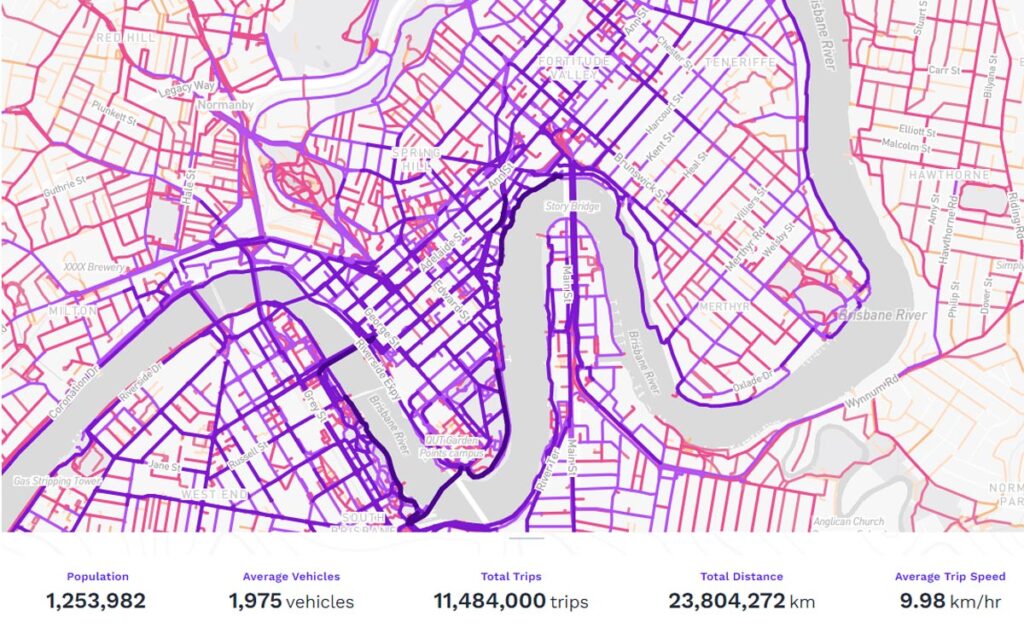Lime Returns to Brisbane with Expanded Fleet.

Brisbane Queensland
More electric scooters will soon be on Brisbane streets, as the city’s original scooter hire scheme operator prepares its return this year.
As part of a new deal with Brisbane City Council, San Francisco-based Lime will provide 1,700 e-scooters and 400 e-bikes. They replace Neuron as one of the two approved share scheme operators, with the second being Beam.
Lime burst on the Brisbane scene in 2018, when 900 scooters appeared on the city streets.
In 2021, Lime was squeezed out of the Brisbane market, when the council awarded contracts to competitors Neuron and the purple-branded Beam.
A spokeswoman for Lord Mayor Adrian Schrinner said a “competitive market process” last year established a new operating agreement for e-scooters and e-bikes, which would start on 22nd July 2024.
“The two operators are Beam Mobility and the Lime Network,” she said, confirming Neuron’s departure from the Brisbane market.
Under the council’s current agreement with Neuron and Beam, 2350 rental e-scooters and 800 e-bikes were distributed in Brisbane – a number that had already steadily risen from early limits.
And that number seemed destined to rise again.
“The number of e-scooters and e-bikes permitted are expected to gradually increase based on use and popularity,” Schrinner’s spokeswoman said.
Ahead of its Brisbane relaunch, Lime regional general manager Hugo Burt-Morris said there had been a 135 per cent year-on-year increase in the number of trips taken on the company’s vehicles in Australia.
“Brisbane has proven to be a world leader in micromobility, and we think this position will only continue to grow once the launch of our Gen4 vehicles occurs,” he said.
The new scooters will have dual hand brakes, a lower baseboard and larger front wheels. The bikes will include phone holders, increased motor power for hills and automatic two-speed transmissions.
Ride Report Data Gives Fascinating Insights
Accompanying this article you will see two charts from Ride Report’s Open Data Portal. Ride Report is a USA-based company that provides detailed operational data in real time for both local governments and share scheme operators.

Not every city has given permission to publicly share their data, but you can see from the chart that Melbourne now has the most rides per day. This data includes both e-bikes and e-scooters that are part of share scheme fleets.
You can see that Melbourne and Sydney are strongly trending upwards. But keep in mind that all Australian cities, particularly those two, have a range of severe restrictions currently imposed by state and local governments. These include maximum fleet sizes, areas of operation and type of vehicle (for example there are hardly any shared e-scooters allowed in Sydney at the moment.)

Without these restrictions, the total ridership per day could be many times higher. Already, these ride numbers are providing significant business for the share scheme operators. For example, with these five cities currently totalling approximately 38,000 rides per day, if the average ride price is $5, that would mean a gross revenue for the operators of $190,000 per day or $69 million per year.
Without the restrictions on fleet size, vehicle type and operational area, this figure could easily increase well into the hundreds of millions per year.

The first part of this article, about Lime in Brisbane, was first published in The Brisbane Times
